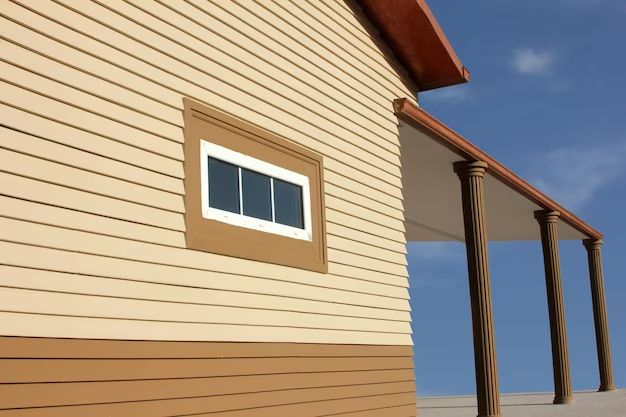Vinyl siding has been a popular exterior home siding option since the 1980s, providing an affordable, low maintenance alternative to traditional wood siding. As vinyl siding approaches its 5th decade as a mass market home product, what are the current trends and outlook for this synthetic siding material?
Page Contents
Is vinyl siding still popular?
Yes, vinyl remains one of the most widely used siding types for both new home construction and re-siding of existing homes. According to market research, vinyl accounts for over 40% of the total U.S. siding market. It continues to gain market share over other siding options like wood, fiber cement, and brick due to its favorable cost and performance attributes.
What are the benefits of vinyl siding?
There are several reasons vinyl siding is prevalent:
- Affordability – Vinyl siding is less expensive upfront than wood, masonry, and other siding types. This makes it attractive for budget-conscious homeowners and builders.
- Durability – Modern vinyl stands up well to weather, sun, dings, and other exterior hazards. Hail-resistant options are available.
- Low maintenance – Vinyl requires little upkeep other than occasional washing. It does not need repainting like wood.
- Energy efficiency – Insulated vinyl siding can reduce energy costs by improving home insulation.
- Aesthetics – Vinyl comes in a wide range of colors, textures, and styles – from traditional clapboard to cedar shakes – mimicking most other sidings.
What are the downsides to vinyl siding?
Potential disadvantages of vinyl siding include:
- Can dent, warp, or discolor over time, losing appeal
- Plasticky appearance lacks the richness or prestige of wood sidings
- Not considered environmentally friendly since it is a petroleum-based plastic
- Lower resale value compared to brick, stucco, or wood exteriors
How has vinyl siding improved over the years?
While vinyl siding has always been an affordable, low-maintenance choice, manufacturing innovations over the past couple decades have significantly improved its performance and looks:
- Thicker construction, more durable polymers, and reinforced nail hem areas provide superior impact resistance and wind resistance while reducing denting, sagging, and warping.
- Use of advanced surface textures, stains, and paints enable vinyl siding to mimic wood grains and other material finishes in a very convincing way.
- Insulated vinyl siding models contain rigid foam backing for increased insulation capability.
- New dark color technologies prevent heat distortion or color fading for darker exterior palettes.
What are popular vinyl siding styles and colors today?
In terms of style trends:
- Shakes and scallops – Vinyl siding styles that mimic cedar shakes and decorative profiles remain popular for a more distinctive, upscale look.
- Mixture of textures – Combing smooth and textured panels is on trend, providing visual interest.
- Bold colors – Darker siding colors like deep greens, navy blues, black, and grays are growing in popularity in line with the shift to richer exterior color palettes.
How much does vinyl siding cost?
Vinyl siding costs around $2 to $8 per square foot professionally installed. This equates to $3,000 to $10,000 for a typical single-family home. Factors impacting overall cost include:
- Siding style – Shakes and scalloped profiles cost more than standard clapboard.
- Color – Darker, richer color vinyl costs slightly more.
- Insulation – Insulated backed siding is pricier than standard.
- Accessories – Corners, trim, vents increase cost.
- Region – Prices vary somewhat by geographic area.
- Installation – Complex projects take more time/labor.
What is the future outlook for vinyl siding?
Vinyl siding is expected to continue growing in market share over the next several years. While the overall new construction market may fluctuate depending on the economy, vinyl will remain a sought-after choice among homeowners and builders seeking affordable and low-maintenance building and renovation solutions. Manufacturers will continue innovating with new textures, color technologies, and insulation capabilities to broaden vinyl siding’s versatility and performance. The green building movement may present a challenge as more sustainable building materials gain traction. But vinyl siding’s positive evolution over the decades has demonstrated this synthetic siding product remains an appealing, competitive cladding option.
